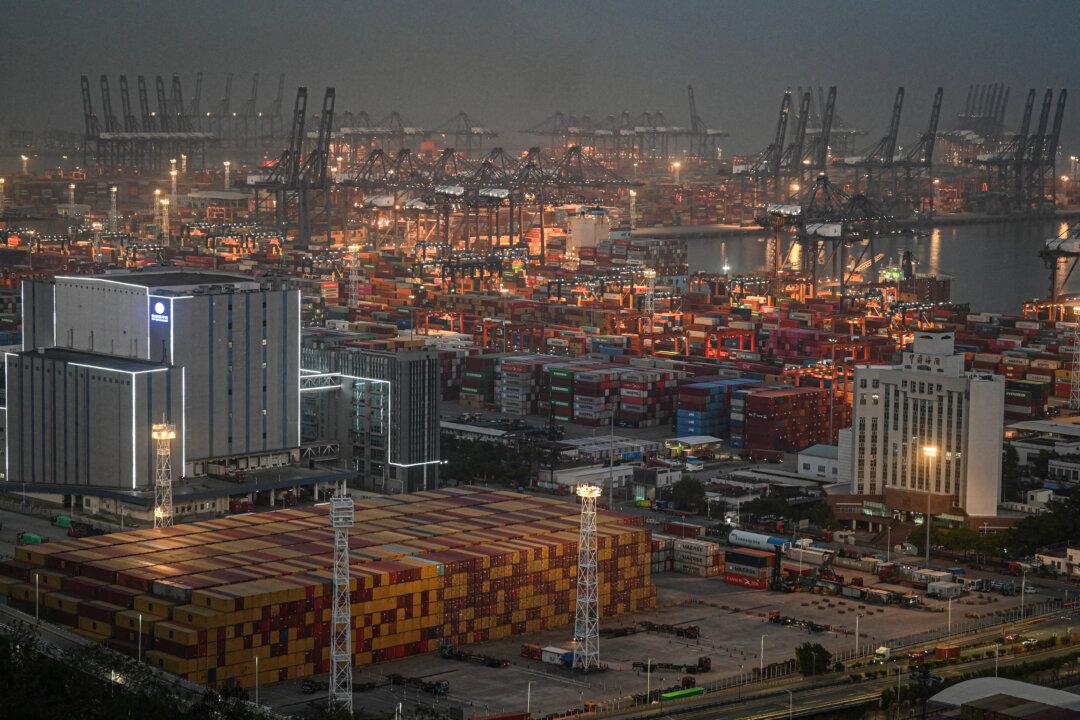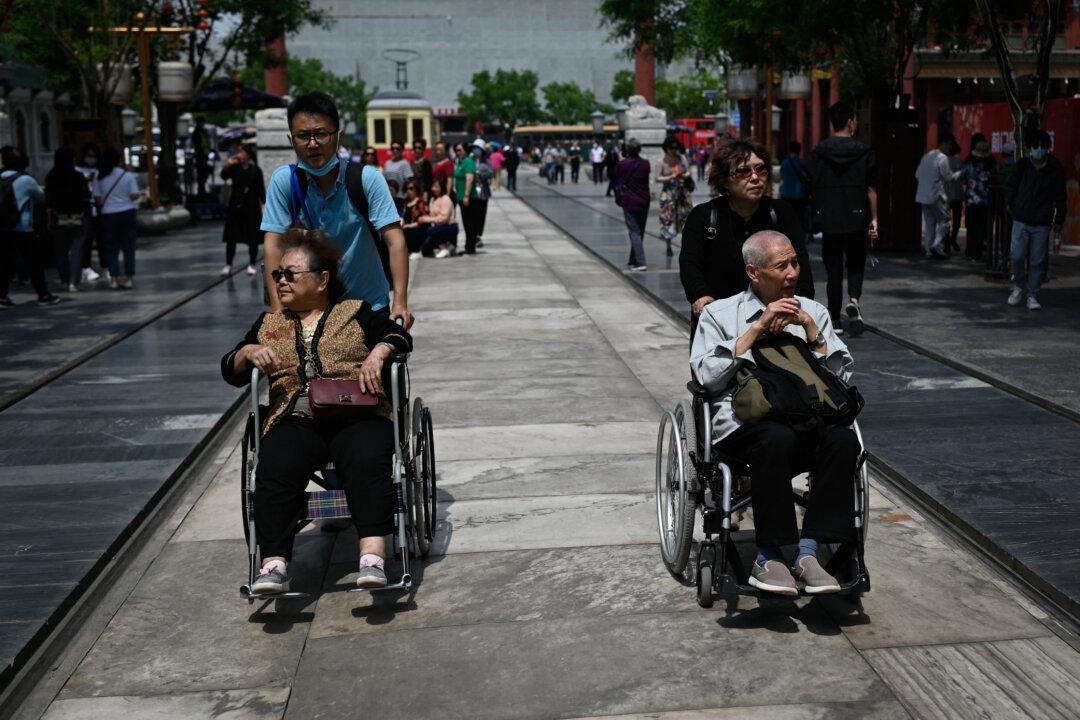Commentary
The Chinese Communist Party’s (CCP) biggest ambitions in 2020 are its 14th Five-Year Plan and 2035 vision for national economic and social development. The focus is on the so-called accelerating the construction of a modern economic system based on high-quality development.





